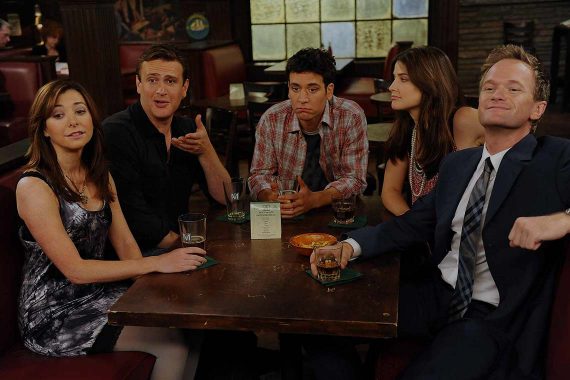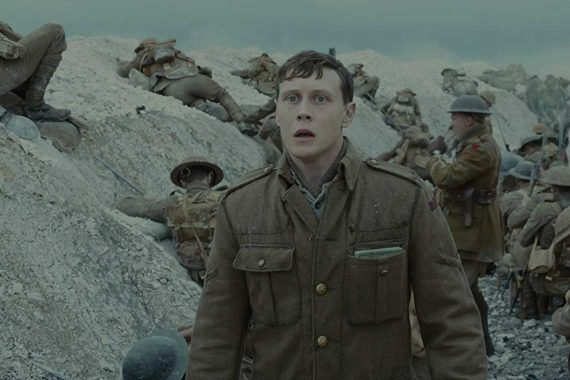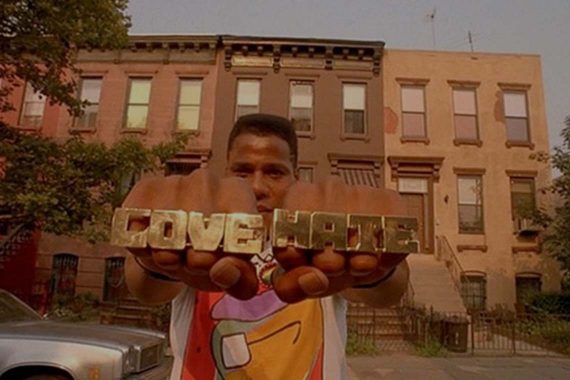Podcast: Play in new window | Download | Embed
We find ET in Steven Spielberg’s Sci-Fi classic “Close Encounters of the Third Kind” and discuss:
- Spielberg’s cinematography;
- storytelling devices;
- aliens;
- and much more!
“The past is the beginning of the beginning and all that is and has been is but the twilight of the dawn.” – H.G. Wells




I rewatched Close Encounters last year when the Alamo had a special restoration (I think it was a restoration?? Maybe I’m thinking of The Thing … ah whatever). I’m a sucker for nostalgia, so overall I really enjoyed it, but I couldn’t help but find a lot of the same disappointments you guys did.
I’m no writer, but I’ve always had a theory about what causes the different outcomes from the technique of leaving story elements to the imagination: Sometimes it’s wonderful, and sometimes it’s really not.
I figure when a good writer has something to say, or a clear idea about the story they’ve built, they might make the creative decision to withhold parts from the audience. The work has been done, but eliminating it from the story is done on purpose to achieve an effect. In a weird way, this choice is specific! It’s a specific choice to be unspecific! I think that when it’s arrived at as a creative choice, that’s when you get the beautiful outcome.
I *suspect* Spielberg had no clear vision about “the government” here, and nothing really to say artistically. I bet it was laziness. Even if he had the intention of leaving it blurred, if he had done the work and then decided to leave it out, there would have been a lot more depth and honesty in the conspiratorial allusion. My guess is that it feels so unsatisfying because Spielberg didn’t do the work.
This bleeds over into the choice to create that goofy alien marionette instead of LEAVING IT OUT. I’d love to see the final product if they had done all the design work, even using it on set, but leaving it out of the final cut. Maybe the only time we “experience” the aliens, we have their POV, and we let some of those solid performer reactions from Dreyfuss and Balaban inform the audience’s imagination. They were certainly more entertaining than that goofy puppet 🙂
Completely agree that fleshing out a full story and then removing pieces can add a lot of depth and mystery yet still leave you feeling like the entire story is there. Also completely agree that it doesn’t seem like what Spielberg was going for, haha.
Great thoughts, Joe! This does seem like a better theatric experience than deep discussion piece, unless we arrive at a reason the aliens abducted a boy willy nilly and acted so bizarrely yet apparently friendly?
I grew up with this movie and I still love it; flaws and all. The overarching theme of communication coupled with Williams’ complex dissonance score still chokes me up. Fun fact: when the tall lanky alien emerges from the ship, you can subtly hear the melody to “When you wish upon a star” from Pinocchio (also referenced early in the movie by Dreyfuss).
haha, definitely didn’t notice the Pinocchio reference, nicely done. Here’s a link for anyone else curious: https://www.youtube.com/watch?v=aTo0BreQKZU&t=3m35s